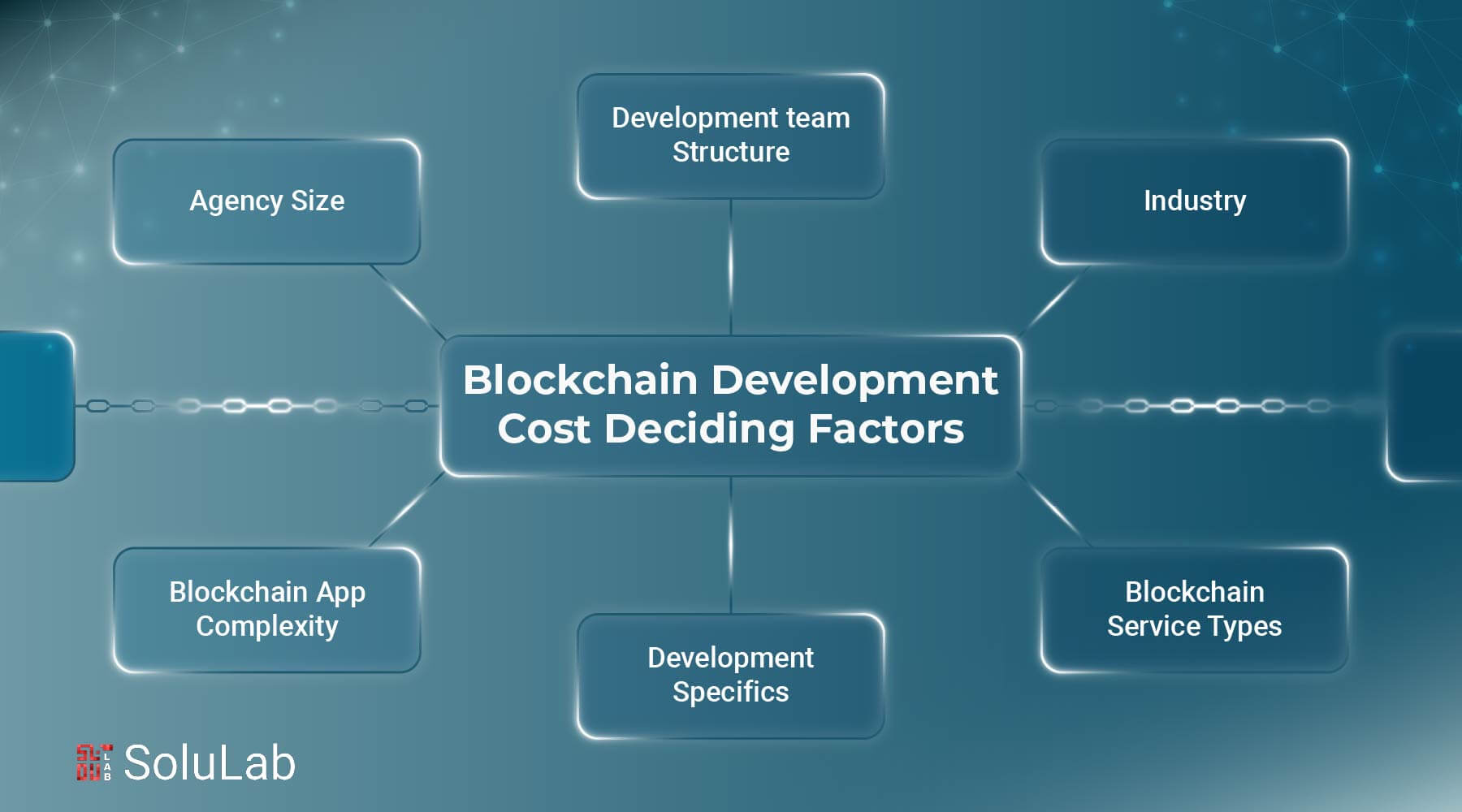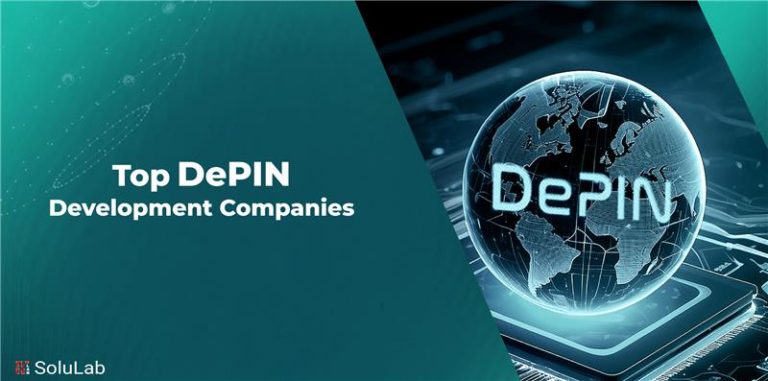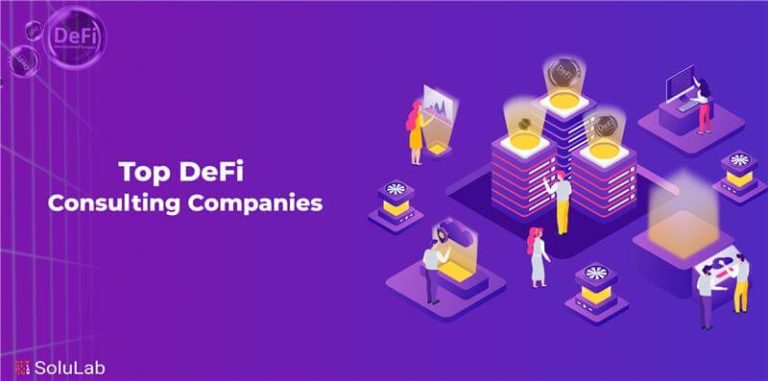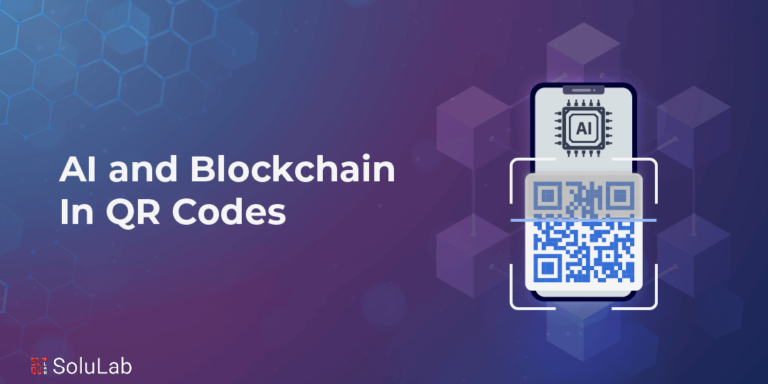
The estimated expense for a medium-sized smart contract may approximate $5,000.
Blockchain is a digital framework that securely documents data across several computers. It organizes data in “blocks” that are interconnected in a chain. It is utilized for purposes like as digital currency and secure internet transactions without the necessity of an intermediary.
A survey forecasts that the worldwide blockchain technology industry will expand from USD 26.91 billion in 2024 to around USD 1,879.30 billion by 2034, indicating a compound annual growth rate (CAGR) of 52.9% throughout this period.
As an increasing number of companies contemplate the use of blockchain, a question of development costs frequently emerges. The blockchain development cost may fluctuate based on variables such as project complexity and necessary features.
In this blog, we will look at the primary factors affecting the cost to build a blockchain platform in 2025. From early planning to deployment and beyond, we will provide you with a pragmatic pricing perspective to facilitate informed decision-making for your forthcoming blockchain project.
What Factors Affect Blockchain Development Cost?
Several critical elements influence the blockchain app development cost for your enterprise:
1. Size of the Agency
The size of the agency selected for blockchain application development is a primary cost determinant. There are three primary categories of businesses in the market:
- Small Cap Agencies: These agencies employ a maximum of 50 blockchain developers. They possess limited competence and are novices in the sector. Consequently, they impose reduced rates in comparison to their rivals.
- Medium-Sized Companies: Blockchain application development companies have a workforce of 500 to 1,000 blockchain specialists. They possess extensive experience in the sector and can deliver high-quality services. They impose elevated fees in comparison to small-cap agencies.
- Large Size Companies: These entities employ a staff exceeding 1000 blockchain developers. They possess considerable expertise in the domain and are capable of managing substantial projects efficiently. They impose elevated fees for their services.
You may collaborate with a blockchain development company that specializes in its application development. Collaborating with a small firm offers the advantages of expedited and efficient execution of tasks. Conversely, large companies possess greater resources and are capable of managing larger projects.
Regarding the cost, this is the breakdown:
| Blockchain Development Company | Team Size | Cost |
| Large App Development Companies | 3000+ | $4,50,000 to $15,00,000 |
| Mid-cap App Development Companies | 500+ | $25,000 to $2,00,000 |
| Small Agencies | 10 to 50 | $2,000 to $ 25,000 |
2. Type of Industry
The cost of developing a blockchain application depends on the specific sector you are targeting. For example, blockchain development services pricing for the financial sector will incur more costs than building one for the healthcare sector. The banking sector is inherently more complicated and needs greater security than the healthcare sector.
Similarly, it will be more expensive to develop a blockchain application for the supply chain management industry than for the retail industry. The supply chain management sector is inherently more complex and necessitates tough security relative to the retail sector.
Here is the cost estimation for several industries:
| Industry-Type | Cost |
| Healthcare | $55,000 – $1,00,000+ |
| On-Demand | $40,000- $80,000 |
| Social Media | $45,000- $1,00,000 |
| Public Sector | $70,000-$1,00,000+ |
| Finance Sector | $60,000-$1,00,000+ |
3. Complexity of Project
The complexity of the project is a key component influencing the cost of developing blockchain applications. The more complex the application, the higher the development costs will be, as it requires more time and resources.
Multiple elements add to the complexity of a blockchain application-
- Data Structures: Blockchain data structures are more complicated than database architectures. Blockchains store data in blocks. Each block has a timestamp and a reference to the previous block. This complicates blockchain data queries. Blockchain apps are complex because of encryption also.
- Cryptography: This is employed to safeguard the data within the blockchain and guarantee that access is restricted to authorized users only. This enhances the system’s security but complicates the development of apps that may interact with the blockchain.
- Consensus Mechanisms: A consensus mechanism is a framework of protocols enabling a blockchain network to reach an agreement on the state of the ledger. Numerous consensus techniques exist, each presenting distinct trade-offs regarding security, decentralization, cost, and efficiency.
- Platform: Blockchain applications may be developed on many platforms, such as Hyperledger Fabric and Ethereum, each with distinct features and capabilities. The selected platform for a certain application will directly influence the program’s complexity.
- APIs: Different APIs may be utilized to create a blockchain application, for example, the Hyperledger Fabric API, Ethereum JSON-RPC API, and the Bitcoin Core RPC API. Each of these possesses distinct characteristics and functionalities applicable for the development of a blockchain application.
Here is a breakdown format dictated by the complexity of the dApp price and the cost to build a blockchain platform:
| Complexity Level | Cost |
| Blockchain-Based Application of Low Complexity | $15,000 to $35,000 |
| Blockchain-Based Application of Medium Complexity | $30,000 to $90,000 |
4. Blockchain App Category
Blockchain applications are primarily categorized into two groups, namely,
- Cryptocurrency Solutions: These solutions utilize a decentralized ledger system to monitor and record transactions. The decentralized structure of this system eliminates the necessity for a third party to authenticate or authorize transactions. This may result in reduced expenses related to blockchain application development.
- Non-Cryptocurrency Solutions: These solutions utilize a centralized ledger system. A central authority authenticates and authorizes all transactions in this system. The centralized approach renders blockchain application development potentially more costly.
Read Also: How to build an MVP using Blockchain or Generative AI?
5. Blockchain Services
The demand for services also influences the expenses associated with blockchain application development. These services may contain a range of offerings, including ICO creation and smart contract development.
- ICO Development: Initial coin offerings (ICOs) have emerged as a prevalent method for blockchain firms to secure financing. ICO development expenses may include website design, whitepaper creation, and smart contract formulation. Promoting an ICO may be costly, as it necessitates engaging a broad audience.
The expenses for an ICO website, token production, and the development of a crowd-sale smart contract will range from $10,000 to $15,000.
- Smart Contract Development: Smart contracts are a prominent aspect of blockchain technology. They facilitate the execution of transactions without the necessity of a third party. The smart contracts development can be intricate and labor-intensive.
The estimated expense for a medium-sized smart contract may approximate $5,000.
- Cryptocurrency Exchange Development: To establish a cryptocurrency exchange, it is essential to collaborate with a provider that specializes in this sort of development. They are often costlier to construct.
The cost of a crypto exchange platform development ranges from $50,000 to $98,000.
- Wallet Development: A cryptocurrency wallet is essential for every project linked to cryptocurrencies. These wallets retain users’ private keys, facilitating the transmission and reception of cryptocurrency.
The cost of developing a crypto wallet is estimated to range from $15,000 to $150,000.
Pricing Models for Blockchain Development
The expense of developing a blockchain application is significantly influenced by the price model selected by the customer. This section will examine the four predominant approaches for calculating blockchain-based solutions:
-
Fixed Cost Model
This strategy is optimal for projects that are well-defined and focused on deliverables. It is appropriate for small to medium-sized blockchain applications when the requirements are pre-defined. Clients get advantages from preliminary budgeting, making it a mindful option for enterprises with constrained resources. This is a favored option for firms pursuing affordable blockchain development services with few flexibility requirements.
-
Hourly-Rate Model
The hourly rate model is ideal for long-term or dynamic blockchain projects, providing flexibility in development. Expenses fluctuate based on the proficiency and geographical location of the developers:
- North America & Western Europe: $100–$250 per hour
- Eastern Europe & Latin America: $50–$150 per hour
- Asia (India, Philippines): $25–$100 per hour
This technique is scalable and effective for projects necessitating regular updates or feature improvements. It is frequently utilized by organizations seeking flexible enterprise blockchain development services that permit iteration.
-
Dedicated Team Model
In this strategy, firms engage a full-time development team, comprising project managers, blockchain engineers, designers, and QA testers, on a contractual or monthly basis. Annual expenses often vary between $80,000 and $100,000, providing continuous support and effortless scalability. Although it requires a greater investment and sustained project management, it ensures continuous delivery and alignment with business objectives, optimal for enterprise-grade blockchain solutions.
-
Custom-Made Model
This model offers a personalized pricing approach based on the specific needs and goals of a project. This model is ideal for businesses seeking fully customized blockchain solutions that may not fit into standard pricing categories. Costs in this model depend on several variables, such as the size of the application, scalability requirements, type of blockchain network, complexity of smart contracts, and the project timeline.
How to Optimize Blockchain App Development Costs?
Although blockchain development may incur substantial fees, enterprises may markedly reduce costs by using competent strategies, without sacrificing performance, scalability, or security.
-
Utilize Pre-Built Blockchain Solutions
Utilizing pre-audited smart contract templates from reputable platforms might diminish both development duration and risk. Platforms such as OpenZeppelin provide rigorously tested code that reduces the need for security audits and accelerates deployment time. This method ensures dependability while reducing customized development expenses.
-
Discover No-Code and Low-Code Development Platforms
Platforms like Thirdweb and Moralis allow engineers, as well as non-technical teams, to create blockchain apps with little coding needed. These platforms facilitate the Web3 integration functionalities and expedite the launch process, diminishing the need for expert blockchain engineers and abbreviating the development cycle.
-
Outsource to Economic Development Centers
Recruiting blockchain professionals from places such as India, Ukraine, and Vietnam enables organizations to obtain superior knowledge at a significantly reduced cost relative to developers in North America or Western Europe. Numerous areas provide substantial talent pools and have shown expertise in blockchain technologies, rendering them suitable for cost-effective initiatives.
-
Choose a Cost-Effective Blockchain Network
Choosing blockchain networks such as Polygon, BNB Smart Chain (BSC), or Solana can significantly lower gas prices and transaction expenses. These networks are economical and provide high throughput and scalability, making them suitable for decentralized applications with frequent on-chain interactions.
-
Reduce Post-Launch Operational Expenditures
In addition to development, recurring expenses such as hosting, gas fees, security upgrades, and compliance modifications may accumulate rapidly. Selecting decentralized storage such as IPFS, enhancing infrastructure through cloud providers, and proactively addressing regulatory obligations guarantees the long-term sustainability and cost-effectiveness of your application.
By adhering to these guidelines, enterprises may create safe, scalable, and future-proof blockchain applications while maintaining budgetary constraints.
The Bottom Line
In 2025, the cost of blockchain development will fluctuate significantly based on several aspects, including the blockchain type, feature complexity, platform choice, and team configuration. Regardless of whether you are developing a basic dApp or a comprehensive business solution, possessing a well-defined development strategy and an appropriate pricing model may substantially impact both expenses and efficiency.
As a well-known blockchain development company, SoluLab specializes in providing customized solutions across various sectors. Our flagship project, Obertech Smart Hub, exemplifies how enterprises may leverage the advantages of Blockchain-as-a-Service (BaaS). Through the management of third-party cloud-based infrastructure, we allow organizations to concentrate on functionality while we oversee the configuration, deployment, and maintenance of secure blockchain networks.
Ready to bring your blockchain idea to life? Hire blockchain developers from SoluLab to get expert guidance, cost-effective execution, and future-ready solutions that scale with your business needs!
FAQs
1. What is the average cost of blockchain development in 2025?
The cost of developing a blockchain application in 2025 typically ranges from $30,000 to $300,000. Factors like app complexity, number of features, choice of blockchain platform, and development model (in-house vs. outsourced) all influence the final cost.
2. Which pricing model is best for blockchain development?
If your project has a well-defined scope, a fixed-cost model works well. For ongoing or evolving projects, the hourly rate or dedicated team model offers more flexibility. Choosing the right model helps you stay on budget while ensuring timely delivery.
3. Can I reduce costs by using low-code or no-code tools?
Yes, platforms like Thirdweb and Moralis allow you to build blockchain features with minimal coding. This reduces development time, cuts down the need for hiring specialized developers, and helps bring your app to market faster.
4. What are the hidden or long-term costs of blockchain projects?
Beyond development, ongoing costs include transaction (gas) fees, infrastructure hosting, security updates, smart contract audits, and regulatory compliance. Planning for these recurring expenses ensures your blockchain app remains secure and scalable over time.
5. How can I optimize my blockchain development budget?
To stay cost-efficient, start with an MVP, choose a blockchain with low gas fees, outsource to experienced yet affordable regions, and use open-source tools. These steps can significantly reduce initial and long-term costs without compromising on quality.






